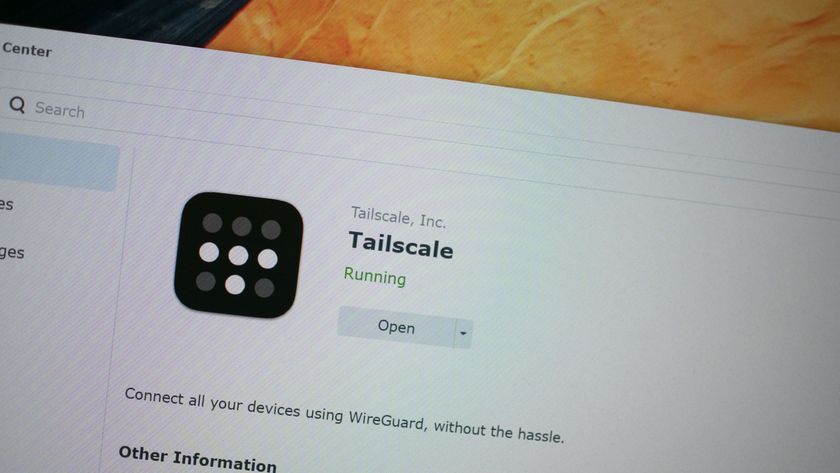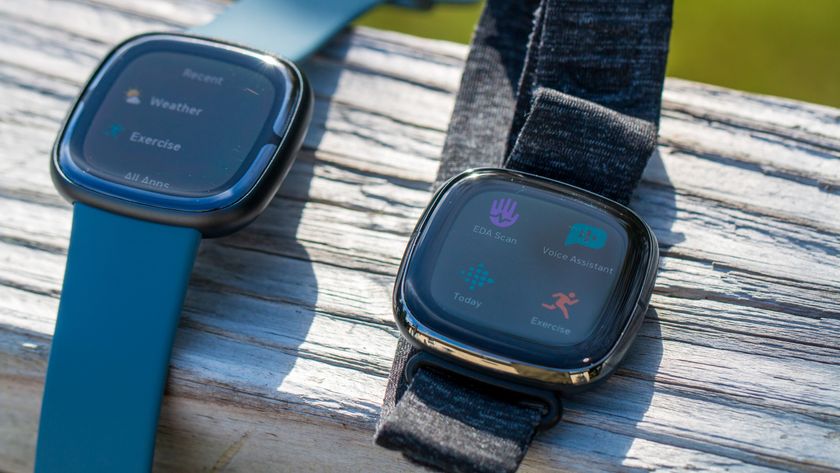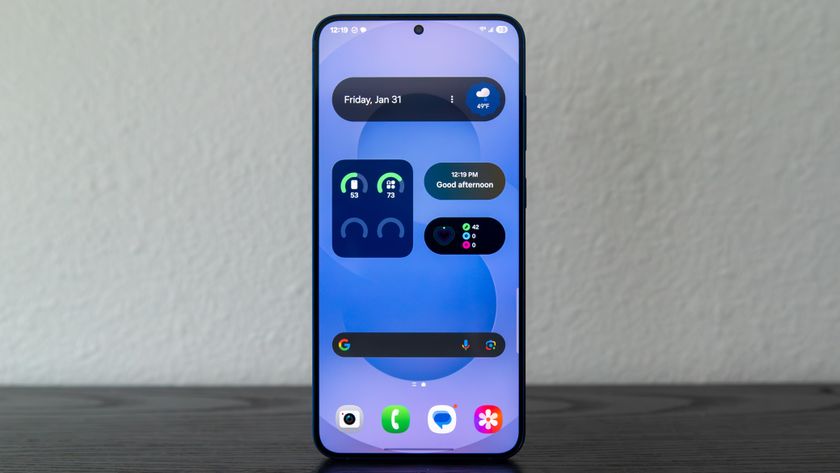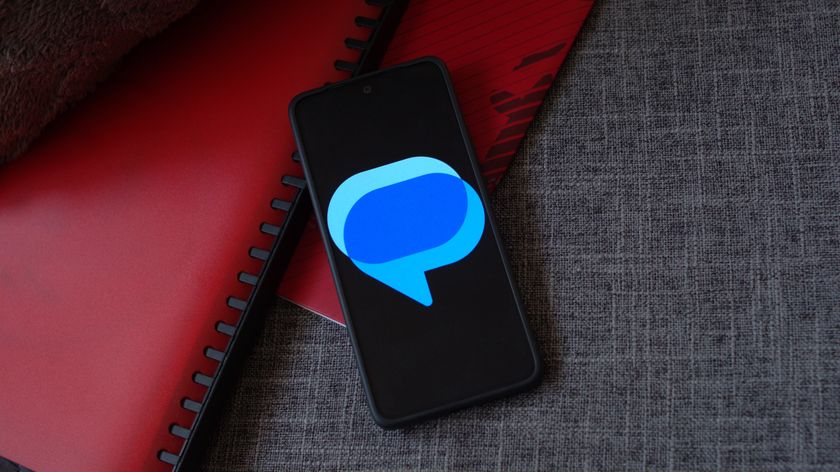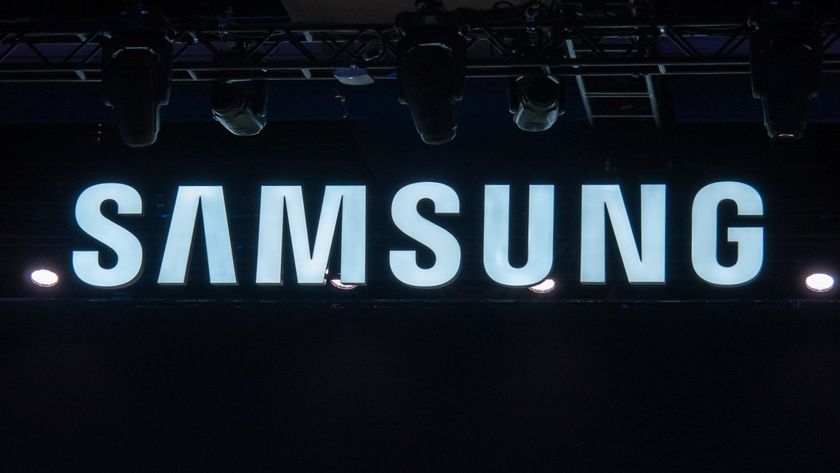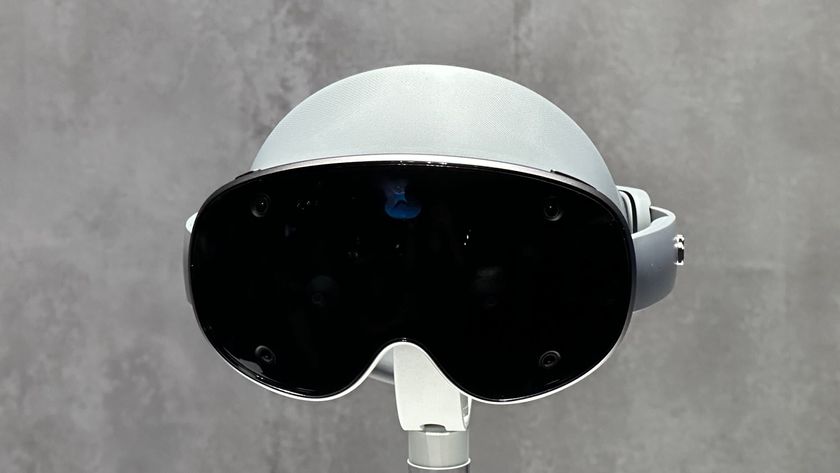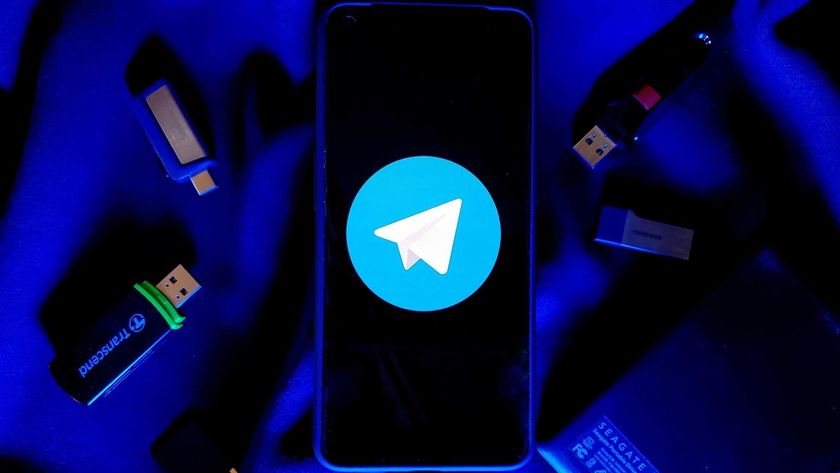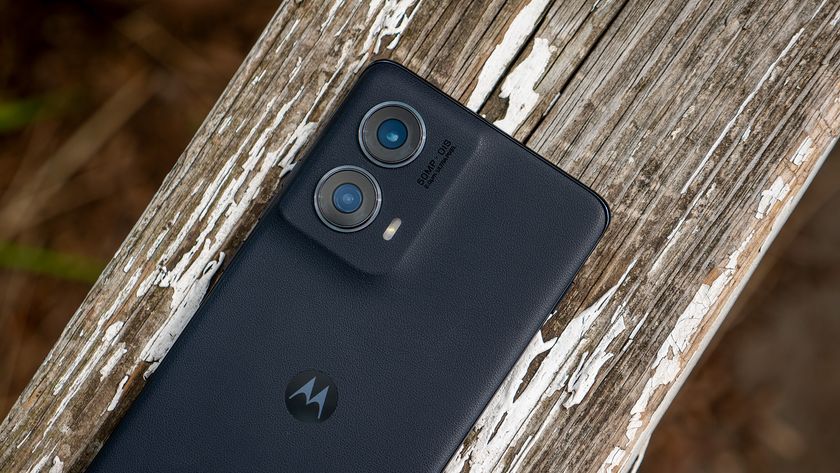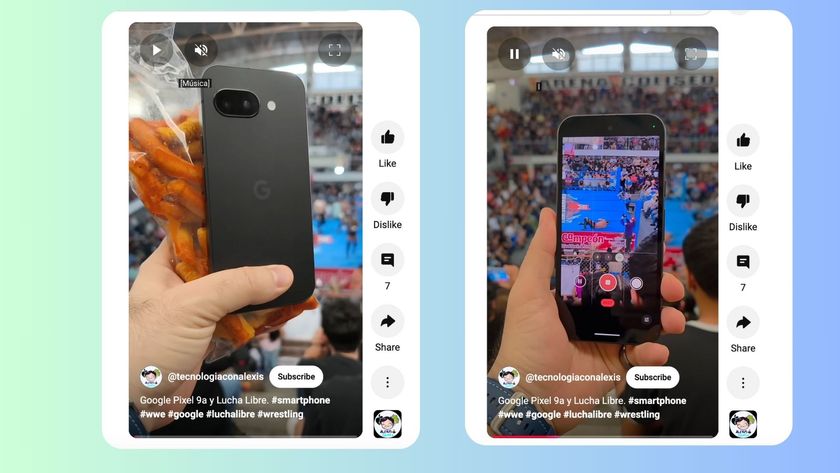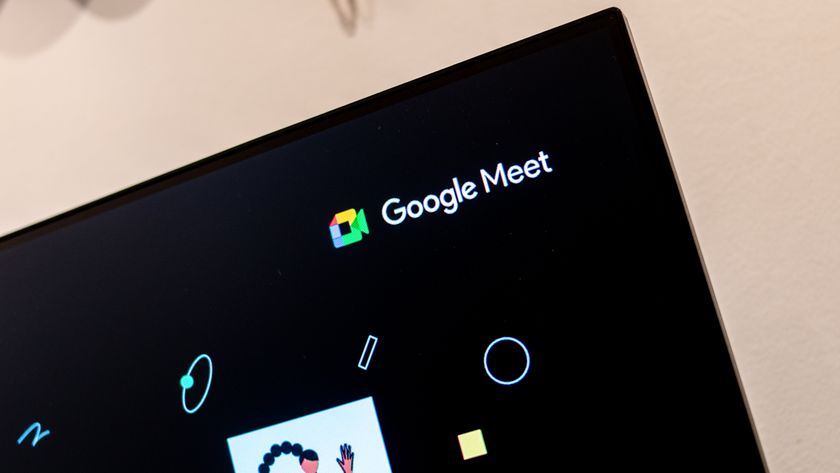Why it feels like the Internet of Things is going backwards
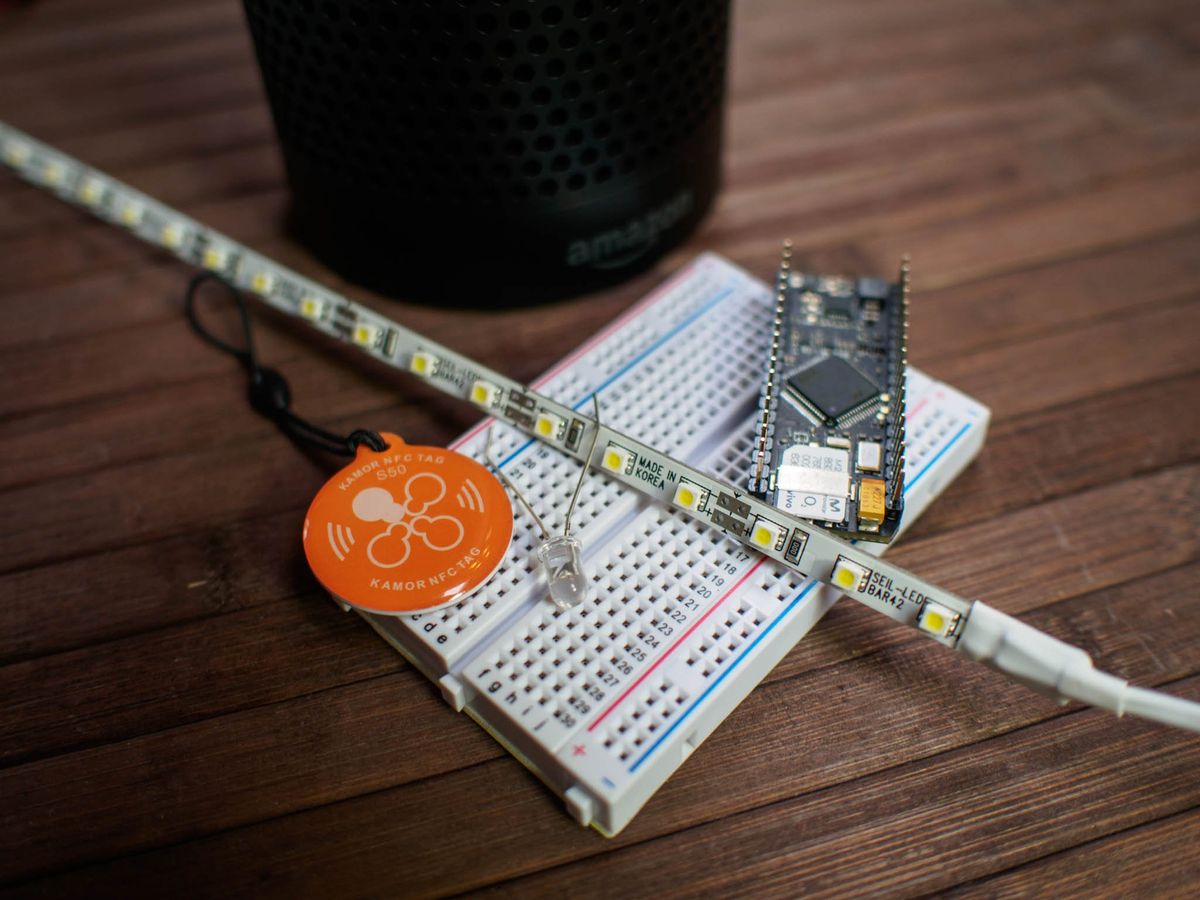
A year ago, it felt like new IoT products were being announced practically every day. Some were Kickstarter projects with broad ambitions, while others were big brand presentations that had consolidated their plans into single channels to release products later in the year. The connected home, where everything talked to everything else, seemed well on its way to being a reality that excited more than just the super geeks and early adopters.
You are not alone in feeling like the Internet of Things movement has stalled, but the delay in progress was due to a much-needed rethink and reboot. Everything that comes next is going to make a lot more sense, but it's still going to be a little while before all of the pieces fall into place.
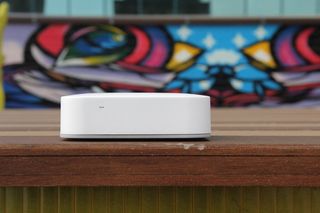
Looking at the connected home products on the shelf right now reveals a mess. Samsung and LG took way too long to figure out that they needed to play nice with the other big names in this space. Most of the smaller companies expect the user to cobble together a connected home on their own with some of their products hopefully tucked in somewhere — there's only so many things you can make control your lights and thermostat before it stops being interesting.
The only connected home accessory that has demonstrated consistent feature growth and cooperation with the other tech you use is the Amazon Echo, but a cylindrical speaker with great microphones has its limits. None of it is a complete thought yet, and in most cases there's no direct path to that complete thought.
Early IoT had a much bigger problem than whole-home adoption though, and it took entirely too long for this problem to be addressed.
Early IoT had a much bigger problem than whole-home adoption though, and it took entirely too long for this problem to be addressed. We had shelves full of web-connected deadbolts and smartphone-controlled crock pots, with a dangerously small fraction of these products using secure connection mechanisms to communicate with everything in your home. Each no-name connected power socket and moisture sensor became an attack vector to access your home network remotely, and it wasn't until Apple and Google stepped up and demanded that security with HomeKit, Weave, and Project Brillo that most of these companies even cared about encryption. They care now, especially since many of these products require entirely new hardware to support the encryption needed to play nice with these new communication layers.
Having to go back to the drawing board to release hardware complaint with Apple's HomeKit standard and Google's Weave is a big part of why everything IoT feels like its in a standstill right now, but another big reason is a combined decision to start courting Makers in a serious fashion. While Maker hardware like Arduino and intense hardware support from companies like Adafruit have been pushing this group of DIY inventors along for some time now, the big chip manufacturers are trying to push their way in with hardware that plays nice with either HomeKit or Weave. Google's recent Ubiquity Dev Summit focused on the building blocks for IoT, and included in the conference giveaways were kits from either Intel or Qualcomm.
As we learned from Google Developer Expert and Android Central app developer Mike Wolfson, the point here is to give developers Project Brillo-friendly tools to tinker with in the hopes that whatever these tinkerers prototype in their garages become real products that rely on these underlying processors from Intel or Qualcomm when it comes time for mass production. It's a great idea for Intel and Qualcomm, and it gets developers the tools they need to make cool new IoT things, but it also highlights just how far away we are from these ideas becoming products consumers are using in their home.
Be an expert in 5 minutes
Get the latest news from Android Central, your trusted companion in the world of Android
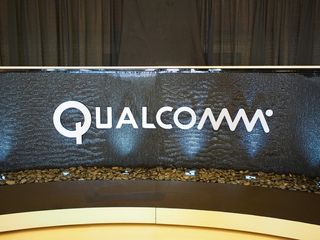
The end game is something of a disaster for early adopters, but great for IoT as it applies to the connected home. It means a lot of the stuff purchased within the last two years isn't going to play nice with everything once Google and Apple spin up, but in the meantime Samsung, LG, Nest, Amazon, and several other notable companies have seen the mistakes made and are making the necessary course corrections. It'll still be at least a year before we see the first steps toward a functional connected home, but by no means is this idea going away anytime soon.


